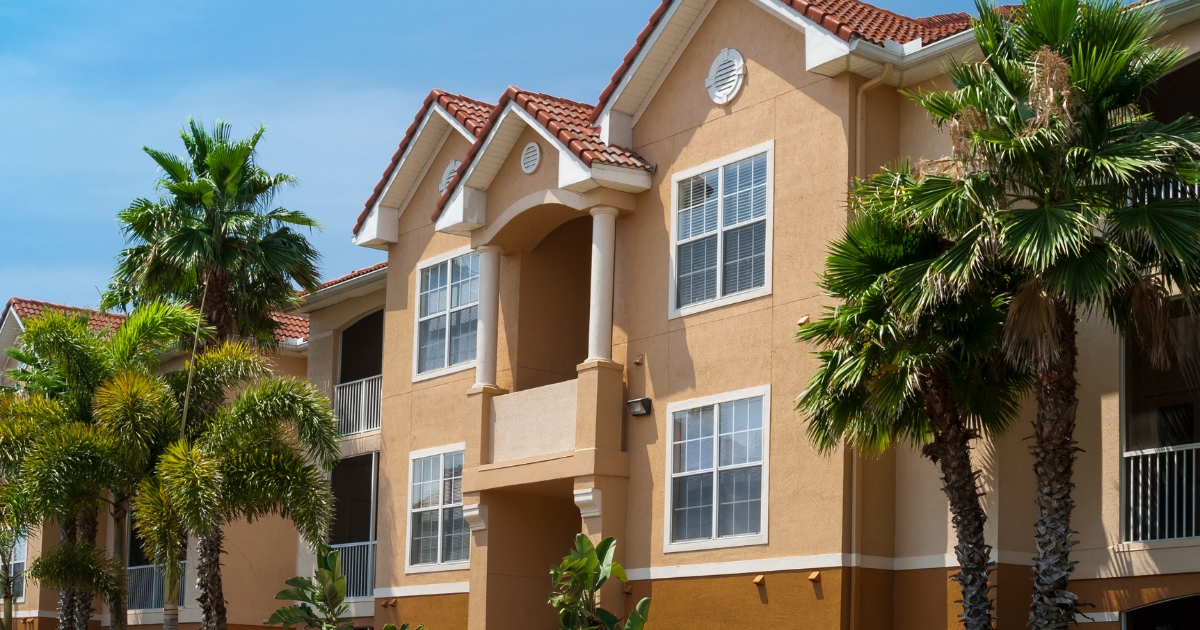A Closer Look at Improved Rent Performance
Average effective rent growth for new leases has shown strong improvement over the last year. After peaking out a modest 0.9% gain in the previous twelve-month period, the national average effective rent has grown by 3.5% over the last twelve months. Below the national average, some important distinctions have emerged.
All numbers will refer to conventional properties of at least fifty units.
Improvement Has Come Alongside Higher Demand
Due to the flood of new units delivered over the last year, the national average occupancy has continued its multi-year side. However, apartment demand has moderately improved for two consecutive twelve-month periods. Net absorption of a little more than 260,000 units in the last twelve months was 28% higher than in the previous twelve months.

Join Jordan Brooks on May 28, 2025 at 10:00 AM Central for an exclusive webinar exploring key national trends.
Whether measured in aggregate units or as a share of existing stock, net absorption remains below its pre-pandemic level. That era that still provides a useful benchmark relative to the volatility of recent years. Net absorbed units over the last year represented 1.7% of existing multifamily stock. The average from the latter half of last decade was between 2-3%.
Top Price Tiers Leading the Way
Recent rent gains have been most robust at the top of the market. The average effective rent for new leases for the Class A subset rose by 4.6% over the last year. This was considerably higher than the previous five-year average of 3.4%. Again, new supply continues to take a particular toll in this segment of the industry, but apartment demand in the period was very strong. In fact, Class A net absorption over the last twelve months was bettered in recent years only by the historic heights of 2021.
For the middle two price tiers, rent growth has shown substantive improvement over the last year but to a lesser degree than at the top of the market. Average effective rent gains of 2.8% for Class B and 2.7% for Class C were markedly superior to the previous twelve-month period but did not compare as favorably to other recent periods. For Class B, recent rent growth has been within the historically typical range. For Class C, the appreciation was slightly below the standard range of 3-4% over the last decade.
Class D properties continue to struggle. Demand has improved but remains tepid. The result has been average effective rent growth of 0.9% for each of the last two twelve-month periods.
Sunbelt Markets Showing Improvement
Due to bearing the brunt of the new construction pipeline in recent years, rent growth in Sunbelt markets has lagged despite resilient apartment demand. While the supply and demand relationship did not regain balance over the last year for the region, rent growth did begin to turn around. This was in part due to strong year-over-year net absorption growth for many markets in the region.
In a ranking of markets according to largest improvement in rent growth over the last twelve months compared to the previous twelve months, more than half of the top twenty-five markets were in the Sunbelt. Of particular note were markets like San Antonio, Charlotte, Atlanta, Las Vegas, and Tampa.
These areas were not exactly national leaders in rent growth for the period. In fact, San Antonio, Atlanta, and Las Vegas remained comfortably below average. However, all five markets suffered notable effective rent declines in the previous twelve-month period and managed to return to positive territory over the most recent twelve months.
Among primary markets, only two saw average effective rent for new leases lose momentum over the last year. In Indianapolis, this was not much of a problem. A 4.5% gain was still well above the national mark. For Denver – Colorado Springs, the slowdown was more of an issue. A decline in average effective rent of 0.8% made it the only primary market to see an outright rent decline in the period.
Takeaways
Significant improvement in average occupancy is unlikely this year due to the continued impact of expected new supply. However, the steady apartment demand improvement of the last two years has been enough to reignite rent growth. Apartment demand faltered in the opening quarter of the year. This may prove to be noise in the data, or it may have portended upcoming struggles. The second quarter will provide useful clarity. The continuation of the positive demand trend will be vital for 2025 rent growth since high occupancies cannot be relied on to deliver appreciation.
For now, the improvement across much of the Sunbelt provides reason for encouragement. So too does the dearth of primary markets still experiencing negative movement. Opportunity for further progress exists for the Class D sector and for later in the year if late summer demand can overlap with the start of winnowing deliveries.
Disclaimer: All content and information within this article is for informational purposes only. ALN Apartment Data makes no representation as to the accuracy or completeness of any information in this or any other article posted on this site or found by following any link on this site. The owner will not be held liable for any losses, injuries, or damages from the display or use of this information. All content and information in this article may be shared provided a link to the article or website is included in the shared content.
Stay Ahead of Market Trends
Get exclusive insights on multifamily performance with our free Market Reviews—delivered straight to your inbox. Sign up today!

